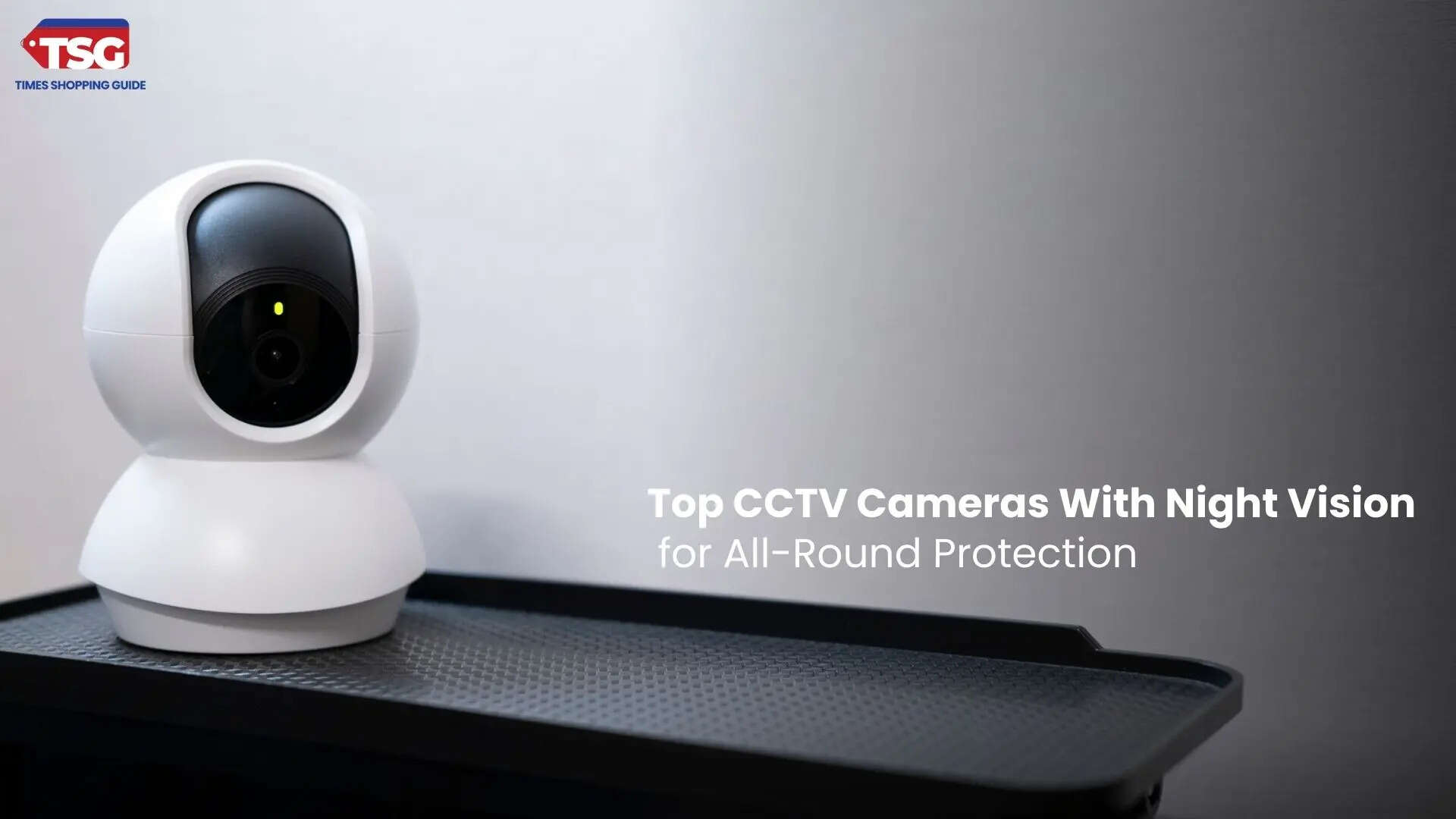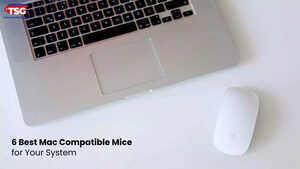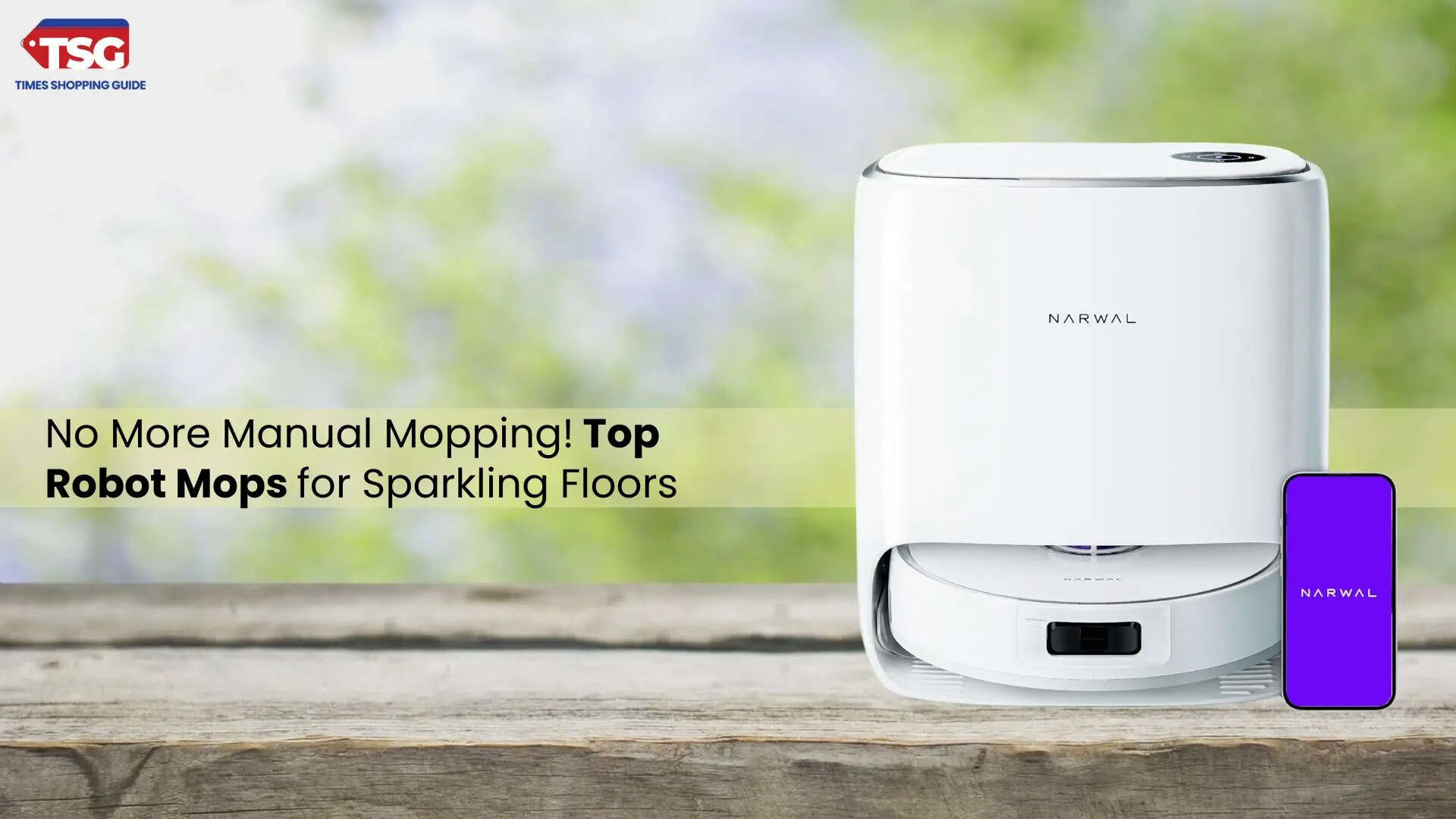- home
- electronics
- cameras
- best night vision cctv camera for low light security
Best Night Vision CCTV Camera for Low-Light Security
Keeping your home or business secure doesn’t stop when the sun goes down. That’s where night vision CCTV cameras come in, offering clear surveillance even in complete darkness. Whether you need to monitor your backyard, office, or storefront, a good low-light security camera ensures round-the-clock protection. Check out our top options here.

A top-notch night vision camera not only deters unwanted visitors but also equips you with invaluable evidence if an incident occurs. From capturing the face of a trespasser to recording subtle movements in your surroundings, these cameras ensure that nothing escapes your notice. Moreover, they excel in outdoor environments—keeping an eye on driveways, gardens, and parking lots—where traditional cameras might struggle.
The enhanced low-light performance of these devices means that even in complete darkness, you’ll receive high-resolution footage that leaves no room for ambiguity. This technology is crucial for maintaining the safety and integrity of your property, offering a robust line of defense against potential threats. By integrating a night vision CCTV camera into your security system, you’re taking proactive steps to protect your loved ones and assets 24/7.
Ultimately, investing in the best night vision CCTV camera is about peace of mind. It assures you that, regardless of the hour, your property is under constant surveillance, ready to detect and record any unusual activity with uncompromised precision and reliability. By embracing this cutting-edge technology, you not only truly enhance your safety but also gain peace of mind knowing that every critical detail is recorded. It’s a smart investment that safeguards your property day and night.
Check out our top-picked night vision CCTV camera here.
Top CCTV camera with night vision
| Night Vision CCTV camera | Special Feature |
| CP PLUS 3 MP Full HD Smart Wi-fi CCTV Camera | 2 Way Audio, Motion Sensor |
| Godrej Security Solutions EVE PRO panTilt Smart WiFi Security Camera | HD Resolution |
| Tapo TP-Link C210 360° 3MP Full HD CCTV Camera | Image Sensor, Frame Rate |
| Trueview 2MP Smart CCTV Wi-fi Home Security Camera | 2 Way Audio, HD Resolution |
| Imou 360° 1080P Full HD CCTV Security Camera | PTZ Technology, Cry Detection |
| Qubo Smart 360 2K 3MP 1296p WiFi CCTV Security Camera | PTZ Technology, Motion Sensor |
1. CP PLUS 3 MP Full HD Smart Wi-fi CCTV Camera
Users' feedback: Customers have liked the excellent video quality and ease of use.
2. Godrej Security Solutions EVE PRO panTilt Smart WiFi Security Camera
Users' feedback: Customers are satisfied with the security camera's camera quality, installation process, and night vision. They find it easy to set up and operate.
3. Tapo TP-Link C210 360° 3MP Full HD CCTV Camera
Users' feedback: Customers appreciate the security camera's quality, video quality, and ease of installation. They find it reliable, with clear sound and video recording at 3MP Full HD resolution. The setup process is straightforward, thanks to the intuitive Tapo app. Many consider it a good value for the price, with no added maintenance costs.
4. Trueview 2MP Smart CCTV Wi-fi Home Security Camera
Users' feedback: Customers find the security camera offers good value for money. It functions well, even in weak signals. They find it easy to install and use, with clear instructions. The 2MP resolution provides crystal-clear video both during the day and at night. Motion detection and sound quality are also great.
5. Imou 360° 1080P Full HD CCTV Security Camera
Users' feedback: Customers are satisfied with the product's performance, picture quality, and value for money. They find it easy to install and consider it a good solution for the price.
6. Qubo Smart 360 2K 3MP 1296p WiFi CCTV Security Camera
Users' feedback: Customers find the security camera offers good value for money. They appreciate its clear video and 360-degree coverage. The camera is easy to set up and use, with a user-friendly app. It has motion detection and night vision capabilities.
Disclaimer: Times Shopping Guide is committed to bringing you the latest products from the best brands. Our selection is based on market research and positive consumer feedback. Times Shopping Guide is also a part of an affiliate partnership. In line with this, we may receive a portion of the revenue from your purchases. Please note that the product prices are subject to change based on the retailer's deals.











